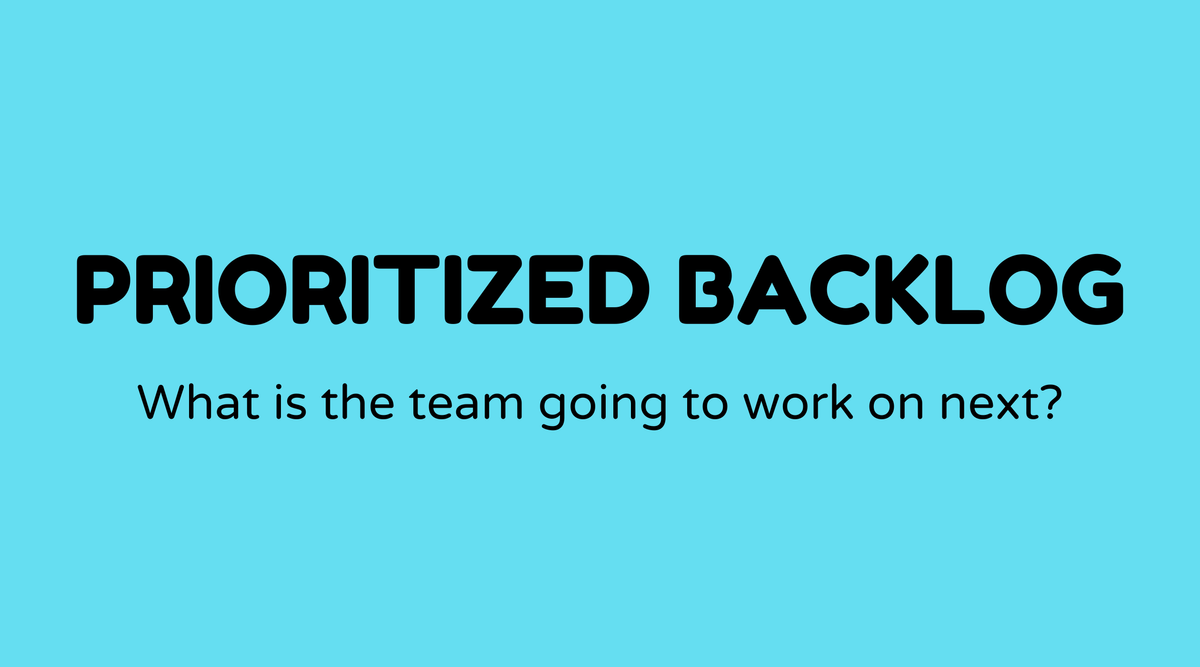Prioritized backlog of user stories

Overview of the Backlog of User Stories:
The backlog holds essential value in agile development! Have you ever pondered what keeps agile teams running smoothly? Much of the answer lies in the backlog of user stories. Think of it as a neatly organized playlist of tasks that ensures everyone is aligned. A well-organized backlog serves as a connection between planning and execution, maintaining your team’s focus on delivering maximum benefit to users.
Within agile frameworks like Scrum and Kanban, the prioritization of user stories guarantees that the team consistently addresses the most vital tasks. If your goal is to produce incremental updates that enhance the product steadily, maintaining an organized backlog is essential.
For additional insights, you might find this article on agile practices beneficial. Also, consider this YouTube video that discusses the importance of backlog prioritization.
Why the Backlog of User Stories Matters:
Time is limited, and resources are finite. Thus, organizing your backlog is important. Why, you ask? An ordered backlog ensures that the most valuable, urgent, and feasible user stories are tackled first. This helps your team maintain focus, use resources wisely, and maximize return on investment.
Arranging the backlog not only aligns with business objectives but also boosts team performance and morale. Reducing unnecessary tasks allows the team to concentrate on what matters most. Additionally, a clear backlog can greatly enhance communication with stakeholders, syncing releases with their expectations and delivering real, tangible outcomes.
What is the Backlog of User Stories:
The backlog of user stories is essentially a sequenced list of features, fixes, and improvements that are designed to provide updates and enhancements to a product. User stories act as placeholder dialogues regarding user requirements, articulated in a manner that conveys what value or feature the product should deliver.
The unique element here is the ‘prioritization’ – user stories are ranked based on criteria such as user impact, complexity, strategic alignment, risk, and customer feedback. This fluid list ensures that the team always knows what to focus on next, enabling a streamlined and effective workflow.
How Do You Prioritize a Backlog of User Stories:
Let's delve into the details! Prioritizing a backlog begins with defining criteria that match your business objectives. Here's a handy guide:
- Stakeholder Input: Gather insights from stakeholders; they often have a clear understanding of what is most important or necessary.
- User Feedback: Integrate feedback directly from users to identify which updates they desire.
- MoSCoW Method (Must have, Should have, Could have, Won’t have): This approach helps categorize stories based on urgency and necessity.
- Value vs. Effort Matrix: Position each story against its perceived value and estimated effort, concentrating on high-value, low-effort stories first.
- Prioritize by Risk: Address high-risk items early to deal with uncertainties promptly.
Employ these techniques iteratively. Remember, there’s no universal method, and adapting to your team’s structure and project specifics is crucial.
Examples of Backlog of User Stories:
To illustrate, imagine you’re part of a team developing an e-commerce platform. Consider starting with user stories that greatly influence customer experience:
- User Story: As a user, I want personalized product recommendations to enhance my shopping experience.
- Priority Level: High
- User Story: As an admin, I need automated inventory alerts to maintain optimal stock levels.
- Priority Level: Medium
- User Story: As a user, I want to share products on social media with ease to increase product visibility.
- Priority Level: Low
By addressing high-priority stories first, you not only contribute to user satisfaction but also align product features with business objectives.
FAQs
How often should teams revisit their backlog?
- Regular reviews of backlogs are advisable, ideally at each sprint planning meeting, to incorporate new user stories, feedback, and project changes.
What if two user stories have the same priority?
- Consider additional factors such as risk, dependencies, and alignment with overall goals to distinguish between stories of equal priority.
Is there a specific tool recommended for managing a backlog?
- Tools like Jira, Trello, and Monday.com can assist in backlog management, providing features to prioritize and visualize stories effectively.
Can stakeholders alter the backlog?
- Stakeholders can offer valuable insights, but ideally, the Product Owner should implement changes to maintain consistency and vision alignment.
What’s the biggest challenge in backlog prioritization?
- Balancing competing priorities among stakeholders and ensuring alignment with changing business objectives is often the main challenge.
Should bug fixes always be prioritized above new features?
- Not necessarily; priority should be assigned based on the impact, risk, and business value of both bugs and features.
Remember, a successful development process hinges on how well you prioritize your tasks. Organize effectively, and you’ll guide your team toward delivering exceptional value!



